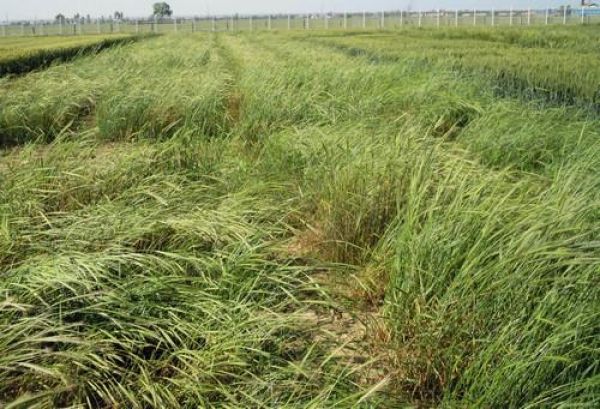Bread wheat (Triticum aestivum L.), feeding more than 35% human population and providing about 20% of calories and proteins consumed by humans, is a globally important crop due to its enhanced adaptability to a wide range of climates and improved grain quality for the production of baker's flour.
Due to its complex polyploidy nature (hexaploid, containing A, B and D three subgenomes) and large genome size (17 Gb), the genetic and functional analysis of bread wheat is extremely challenging.
The A genome, originates from the diploid wild einkorn wheat Triticum urartu with a genome size about 5 Gb, is the basic genome of bread wheat and other polyploidy wheats. It plays a central role in wheat evolution, domestication and genetic improvement.
To illustrate the genomic structures of wheat, the wheat genome research team of State Key Laboratory of Plant Cell and Chromosome Engineering, Institute of Genetics and Developmental Biology, Chinese Academy of Sciences, collaborating with the Genomic Sequencing and Analysis Laboratory of the institute, BGI Shenzhen and Keygene in the Netherland, generated a high-quality genome sequence of T. urartu by combining BAC-by-BAC sequencing, single molecule real-time whole-genome shotgun sequencing and next-generation mapping technologies.
Read more at Chinese Academy of Sciences Headquarters
Image: Triticum urartu, the progenitor of wheat A subgenome. (Credit: IGDB)


